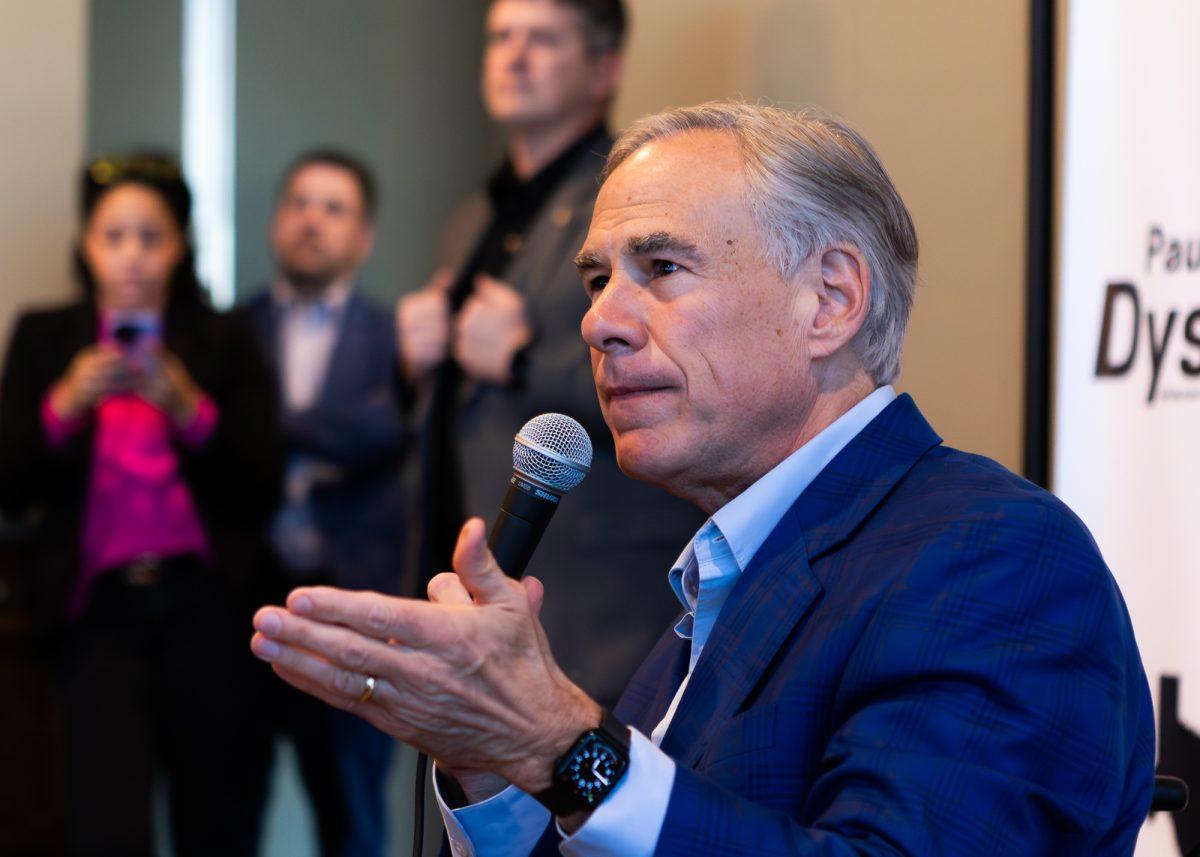Texas A&M doctors say that while many questions about the health effects of vaping remain unanswered, there are plenty of reasons for students to steer clear of the habit.
Vapes, otherwise known as e-cigarettes, began as a supposedly healthier battery-operated alternative to cigarettes. However, these products still contain addictive nicotine and can create additional problems of their own. Although popular e-cigarettes like Juul do not contain tobacco, they do contain chemicals that doctors believe may be the cause of recent outbreak of pulmonary health issues among users.
According to the Centers for Disease Control Prevention, smoking is the “leading cause of preventable death” in the U.S. It is recommended that unless someone is trying to quit smoking cigarettes, they should not use an e-cigarette. However, the prevalence of vaping has grown among young people, with the Food and Drug Administration reporting in 2018 that 3.6 million middle and high schoolers were current e-cigarette users.
Although vaping’s popularity has been on the rise, Dr. Tiffany Skaggs, chief of medical staff at Beutel Health Center, said e-cigarettes have been around since the early 2000s.
“We used to think that [e-cigarettes] were safer than cigarettes and it looked for a while like maybe they were, because you are not inhaling something burning into your lungs,” Skaggs said. “But over the past few months, there has been this vaping-related pulmonary illness.”
The symptoms of this pulmonary illness are severe shortness of breath, wheezing, need for supplemental oxygen and sometimes respiratory collapse. Skaggs said health researchers are investigating the issue closely.
“It seems to be a quick-onset severe inflammation of the lungs where people recover very quickly if they survive,” Skaggs said. “It is too early to tell because we do not have long-term follow up.”
Skaggs said the good news is that this illness is reversible if it is caught early enough. There are still other, if less severe, symptoms caused by vaping. For example, nicotine, which is a stimulant, causes racing of the heart or anxiety, while cannabidiol — used in some vaping products — could cause fatigue.
“It all depends on what is in the vape,” Skaggs said. “There are a lot of different concoctions you can buy. Some have nicotine, THC, marijuana or synthetic cannabinoids.”
Skaggs said although pulmonary illness is generally rare, due to increased use of vaping products, adolescents are visiting doctors for pulmonary issues more frequently.
“We have enough people vaping where we can start to see these effects of this rare disease,” Skaggs said. “Most cases are in people aged 20 or less. We do not know if this is because the lungs are not fully developed yet — no one really knows exactly why.”
Dr. Garry L. Gore, A&M campus EMS medical director, said students have become increasingly wary of potential side effects from vape and e-cigarette use.
“We have had students come in that are concerned symptoms they have are related to vaping,” Gore said. “Students are getting the message that there is something bad about it and that we don’t fully understand what is causing it.”
It is young adults that are most affected by vaping-related illnesses and symptoms, and Gore said there are multiple reasons for this.
“One part of it is the social aspect,” Gore said. “It is ‘cool’ to be a part of that crowd and do that. The other is that the manufacturers made a lot of different flavors. … Often, you can find something you really like.”
Aside from the pulmonary and respiratory-related issues, nicotine addiction is an issue in and of itself, and it’s difficult to stop cold turkey. However, there are various methods and resources to help. Gore recommends students go into the clinic and talk to medical professionals about their options.
“There is not any benefit for vaping — it is just a nicotine addiction,” Gore said. “We know nicotine stimulates blood pressure, heart problems, which puts you at risk down the road for the same things tobacco puts you at risk for.”
Gore said one way medical professionals have tried to encourage adolescents and young adults to stop vaping is by using social issue appeals. He said that Generation Z students are particularly agreeable to adapting for social causes.
“One of the things we are finding with the e-cigarettes is that a lot of the little cartridges get thrown on the ground like a cigarette butt,” Gore said. “One of the ways we would approach reducing e-cigarette use is the detrimental effect it has on the environment in terms of plastic waste.”
Gore said the answer to whether or not to vape or smoke e-cigarettes is a simple one.
“Bottom line is, don’t do it,” Gore said. “That is all there is to it. There is no good reason to vape.”
Medical professionals explain widespread health concerns associated with vaping
October 2, 2019
Photo by Photo by Meredith Seaver
A study by the U.S. Food and Drug Administration found that 3.6 million middle and high school students were current e-cigarette users in 2018, up from 2 million the year before.
0
Donate to The Battalion
$0
$2500
Contributed
Our Goal
Your donation will support the student journalists of Texas A&M University - College Station. Your contribution will allow us to purchase equipment and cover our annual website hosting costs, in addition to paying freelance staffers for their work, travel costs for coverage and more!
More to Discover









